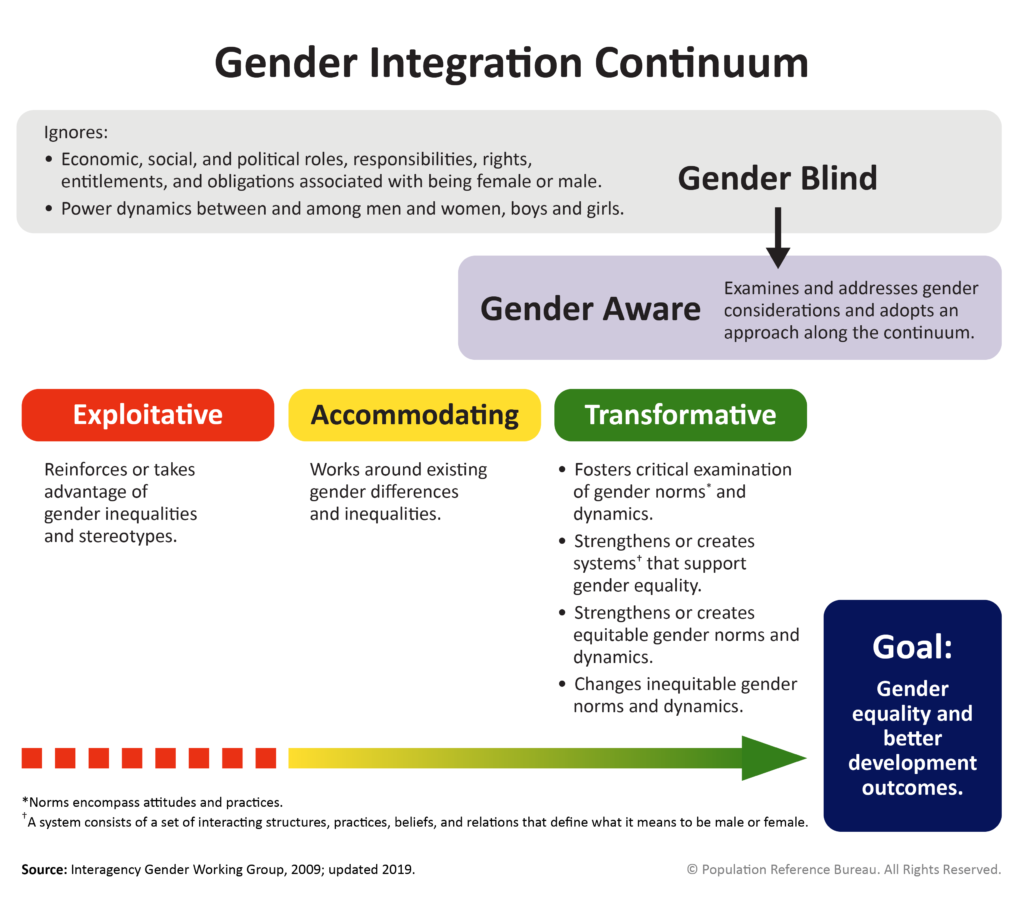To put in place inclusive strategies that increase the resilience of women and men in all their diversity, there is an urgent need to better understand the gendered effects of climate change across countries. To achieve this goal, this paper explores the connections between phenomena related to climate change and gender related outcomes—including child marriage, adolescent births, and intimate partner violence— in Bangladesh, Cambodia, Nepal, the Philippines, and Timor-Leste.Read More
Youth and Gender
How Civil Society Organizations Can Use Gender-Transformative Collective Action to Address Child Marriage and Advance Girls’ Rights: A 7-Step Guide
The aim of this guide is to catalyze higher impact through intentional gender-transformative collective action. Through a series of steps, the guide supports civil service organizations in strengthening their gender-transformative skills, knowledge, and leadership to systematically analyze and address the root causes of gender inequality, both at the individual and a systems level. Read More
Lessons from Partnering with Faith-Based Organizations in Very Young Adolescent Programming
In Bangladesh, faith-based organizations have the potential to meaningfully address harmful gender and sexual and reproductive health attitudes, behaviors and norms among very young adolescents, their families and communities. This brief summarizes an activity that sought to strengthen local partner capacity to apply effective programming addressing challenges facing very young adolescents, a population that is commonly overlooked. Read More
A Participatory Comic Book Workshop to Improve Youth-Friendly Post-Rape Care in a Humanitarian Context in Uganda: A Case Study
Graphic medicine formats, such as comic books in which health information is presented alongside images, may be a useful learning tool to improve post-rape care and youth-friendly service provision among health care providers in humanitarian contexts. This article describes the development and pilot-testing of a workshop using a comic book to improve youth-friendly post-rape care with providers in Bidi Bidi refugee settlement, Uganda. Read More
Resource Package and Training Modules for Promoting Gender-Transformative Parenting
This resource package, and accompanying training modules, aims to help frontline workers support parents in implementing gender-transformative parenting practices at home and support positive gender socialization of children and adolescents. Read More
Why Emotions Matter: Promoting Female Teachers and Gender-Transformative Social-Emotional Learning in Nepal
This policy brief presents findings from mixed-method research conducted in seven schools and two residential learning centers from three districts (Kathmandu, Lalitpur, and Kavrepalanchowk) of Bagmati province. It seeks to understand the socio-emotional needs of adolescent girls in Nepal, the role of female teachers in addressing those needs, and the support teachers themselves are (or are not) receiving to play this role. Read More


